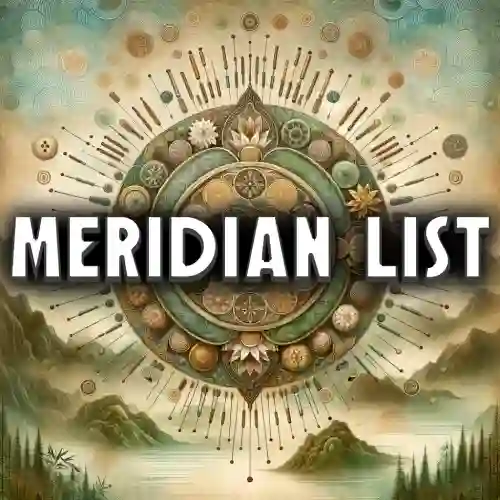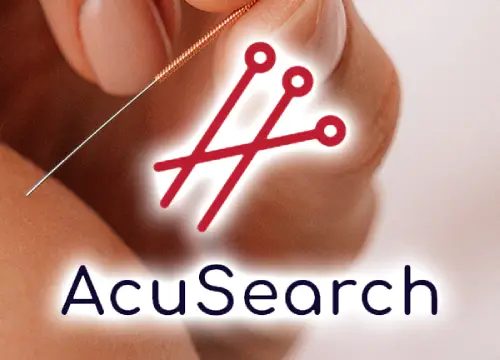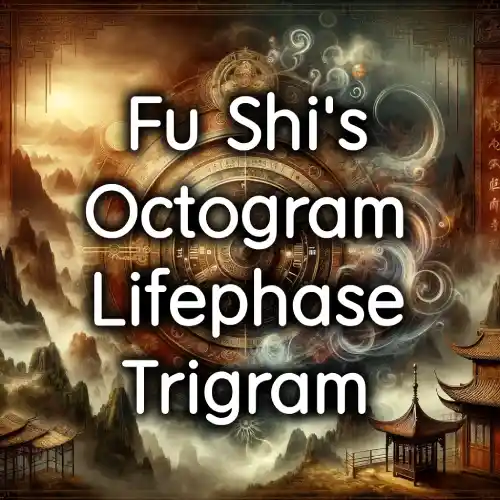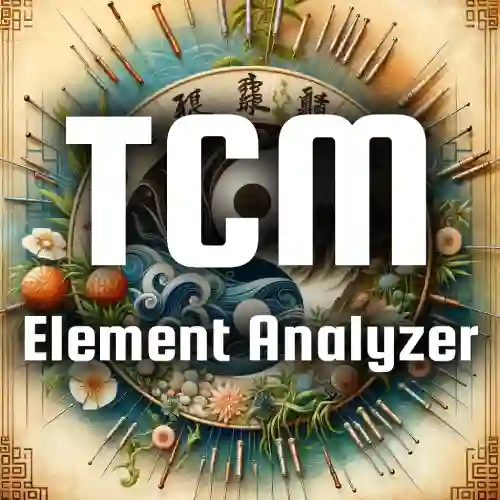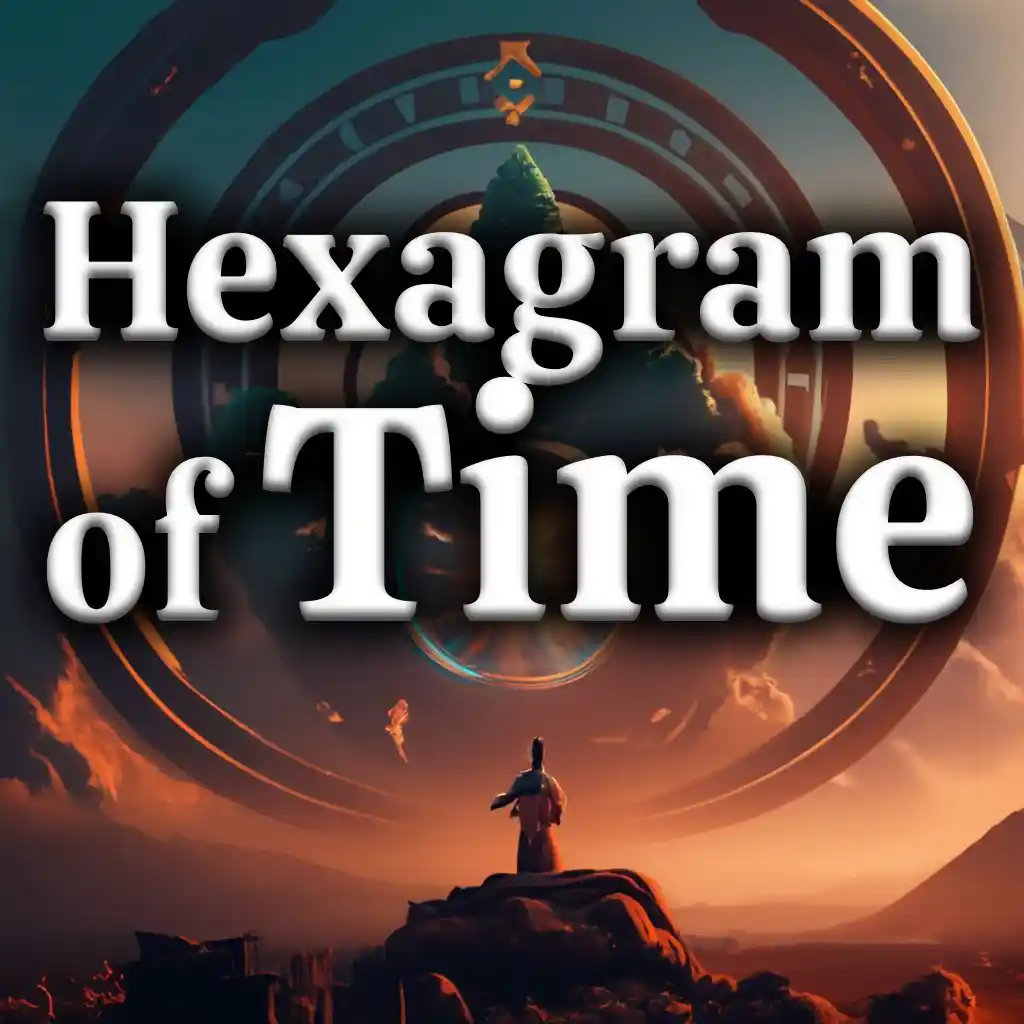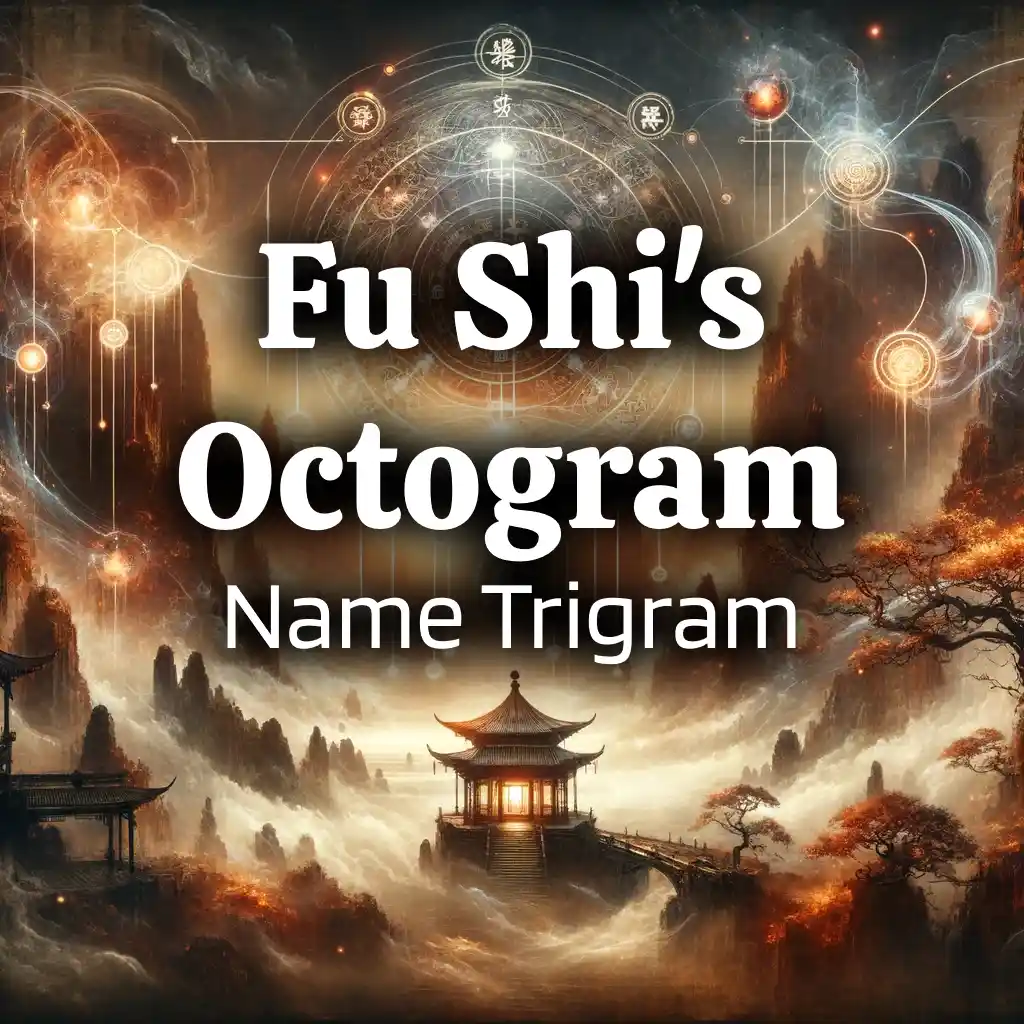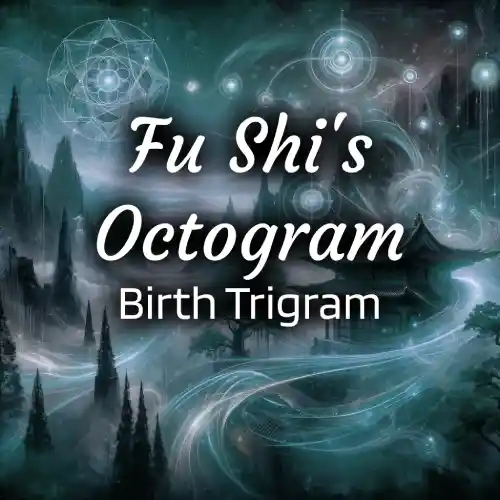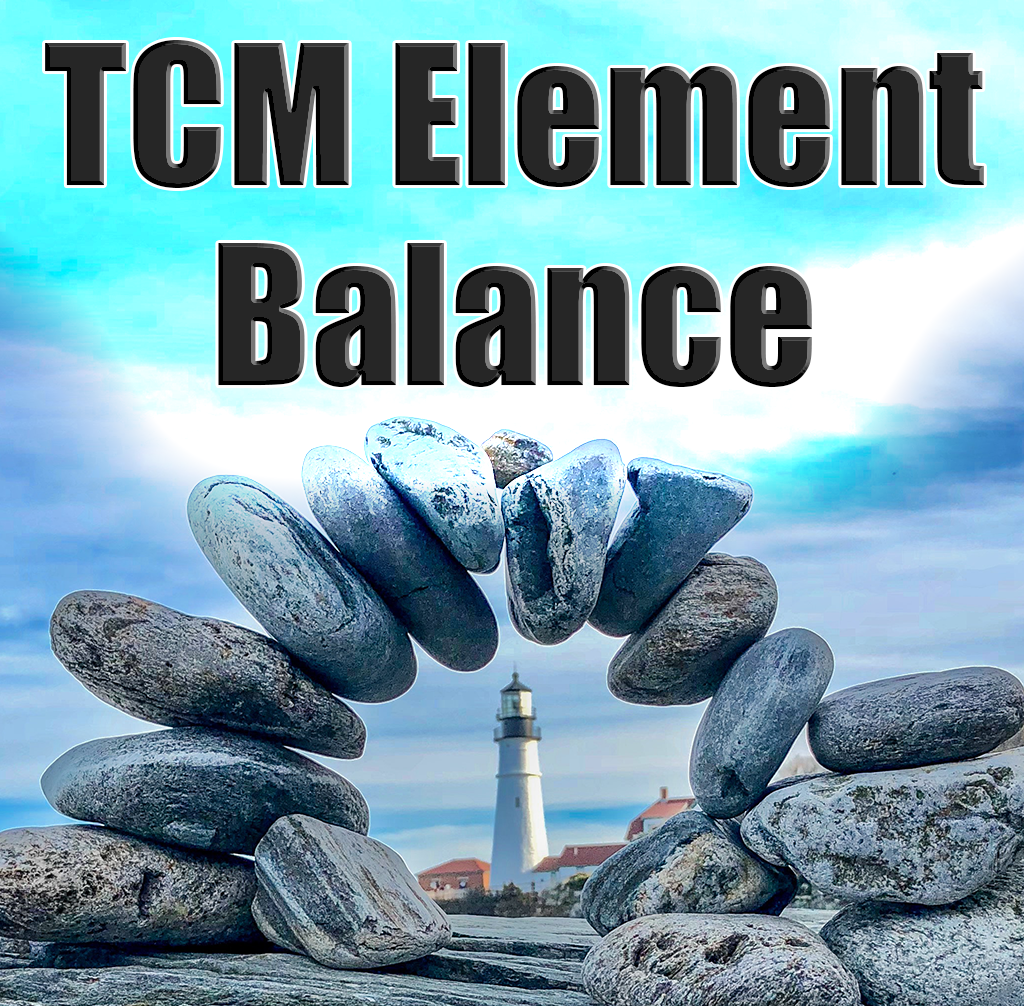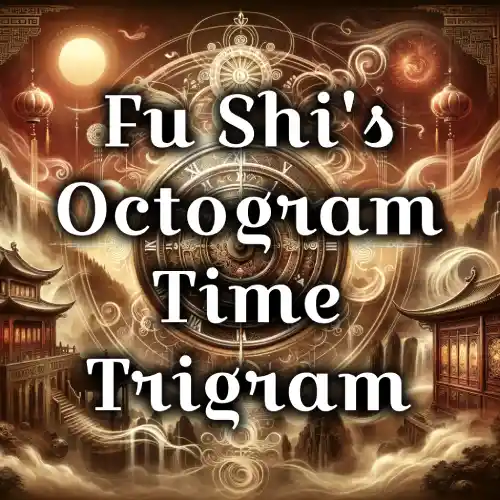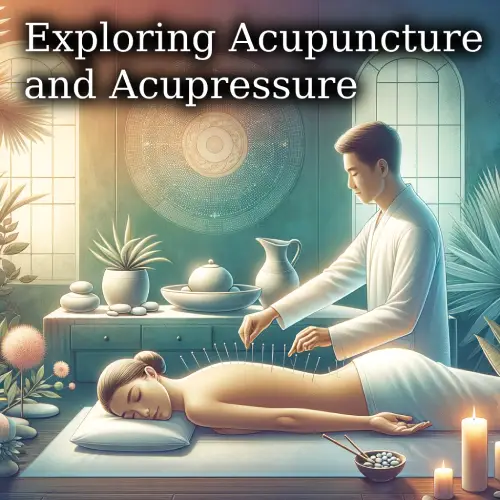
Exploring Acupuncture and Acupressure
Written by: Brooke B ArinsenDate: 28.01.2024
Tags:
TCM Benefits Acupoints
Acupuncture and Acupressure
Acupuncture and acupressure are two ancient healing modalities that have been practiced for thousands of years in Traditional Chinese Medicine (TCM). These techniques are based on the concept of energy flow within the body and aim to restore balance and promote healing.
The Principles of Acupuncture
Acupuncture is a therapeutic technique that involves the insertion of thin needles into specific points on the body. According to TCM, these points are located along meridians, which are pathways through which energy, known as Qi, flows. The belief is that when the flow of Qi is disrupted or blocked, it can lead to illness and pain. By stimulating specific acupuncture points, the flow of Qi can be restored, promoting healing and overall well-being.
The principles of acupuncture are rooted in the concept of Yin and Yang, which represent opposing forces that need to be in balance for optimal health. Yin represents the passive, cooling, and nourishing aspects, while Yang represents the active, warming, and energizing aspects. When Yin and Yang are in harmony, the body is in a state of balance, and health is maintained.
The Process of Acupuncture
During an acupuncture session, the practitioner will first assess the patient's condition by taking a detailed medical history and examining the tongue and pulse. This information helps the practitioner determine the underlying imbalances and select the appropriate acupuncture points for treatment.
The acupuncture needles used are extremely thin and are typically made of stainless steel. They are inserted into the skin at specific depths and angles, depending on the desired effect. The sensation experienced during acupuncture varies from person to person, but it is often described as a mild tingling or dull ache.
Once the needles are inserted, the practitioner may gently manipulate them to enhance the therapeutic effect. The needles are usually left in place for about 20 to 30 minutes while the patient lies comfortably. During this time, many people experience a deep sense of relaxation and may even fall asleep.
The Benefits of Acupuncture
- Pain management: Acupuncture is commonly used to alleviate chronic pain, such as back pain, migraines, and arthritis. It is believed to stimulate the release of endorphins, which are natural pain-relieving chemicals in the body.
- Stress reduction: Acupuncture has a calming effect on the nervous system, helping to reduce stress, anxiety, and insomnia. It promotes relaxation and a sense of well-being.
- Digestive disorders: Acupuncture can help regulate digestive function and alleviate symptoms of conditions such as irritable bowel syndrome (IBS), acid reflux, and constipation.
- Women's health: Acupuncture is often used to address menstrual irregularities, fertility issues, and menopausal symptoms. It can help regulate hormonal imbalances and promote reproductive health.
- Immune support: Acupuncture has been shown to enhance immune function, making it beneficial for individuals with weakened immune systems or frequent infections.
- Cardiovascular health: Acupuncture can help lower blood pressure and improve circulation, reducing the risk of heart disease and stroke.
- Respiratory health: It can also be beneficial for treating respiratory conditions like asthma, bronchitis, and allergies by promoting lung function and opening nasal passages.
- Mental clarity and energy: Many patients report improvements in mental clarity and energy levels after acupuncture treatments, potentially due to enhanced blood flow and energy balance.
- Skin health: Acupuncture can improve skin elasticity, reduce wrinkles, and enhance overall complexion by stimulating collagen production and promoting local circulation.
- Recovery from injuries: It is often used to speed recovery from injuries and surgeries due to its ability to reduce inflammation and promote tissue healing.
Acupressure: The Non-Invasive Alternative
Acupressure is a technique similar to acupuncture but without the use of needles. Instead, pressure is applied to specific acupuncture points using the fingers, hands, or specialized tools. Acupressure works on the same principles as acupuncture, stimulating the flow of Qi and promoting balance within the body.
Acupressure can be performed by a trained practitioner or self-administered. It is a safe and non-invasive technique that can be easily learned and practiced at home. By applying pressure to specific points, individuals can address a variety of health concerns and promote overall well-being.
Helpful Acupuncture Points
- LI4 (Hegu): Located on the hand between the thumb and index finger. Helps with pain relief and immune boosting.
- LV3 (Tai Chong): Located on the foot, between the big toe and second toe. Aids in stress relief and detoxification.
- SP6 (San Yin Jiao): Located above the ankle, on the lower calf. Useful for balancing hormones and alleviating menstrual issues.
- GB20 (Feng Chi): Located at the base of the skull, in the depression behind the earlobe. Helps relieve headaches and neck stiffness.
- ST36 (Zu San Li): Located below the knee, on the front leg. Promotes digestive health and overall stamina.
- CV6 (Qi Hai): Located below the navel. Strengthens the body's vital energy and improves core vitality.
Conclusion
In conclusion, acupuncture and acupressure are ancient healing modalities that have stood the test of time. These techniques offer a holistic approach to health and well-being by addressing the underlying imbalances within the body. Whether through the insertion of needles or the application of pressure, these therapies aim to restore the flow of energy and promote healing. With their potential benefits and minimal side effects, acupuncture and acupressure continue to be valuable tools in the realm of alternative medicine.


